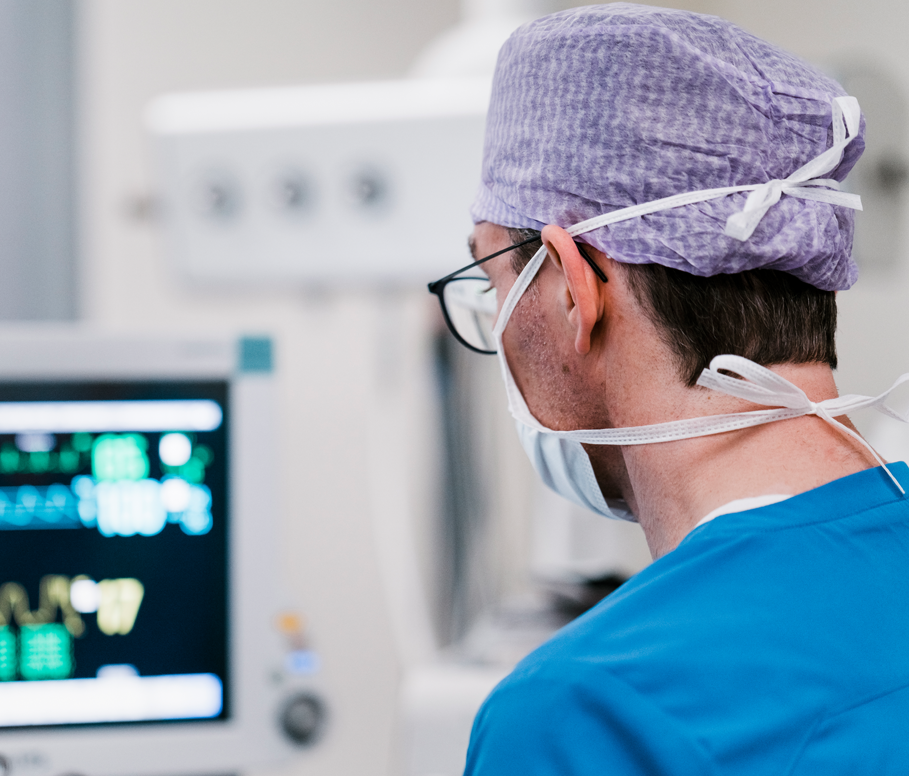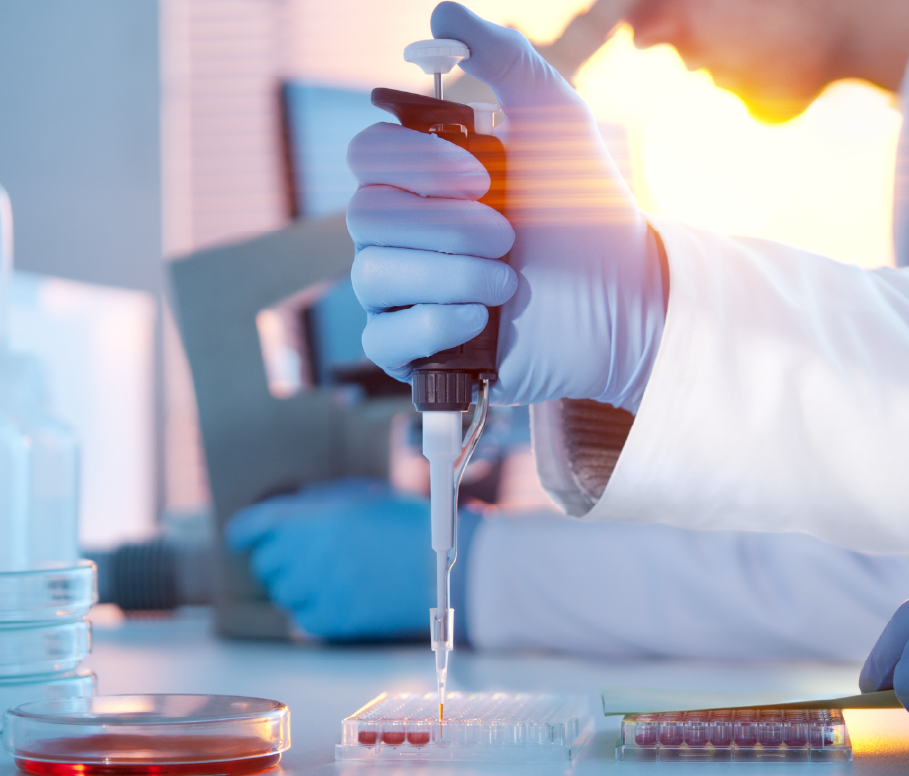This case study was adapted from a Jerusalem Post news article.
Who: Dr. Eliezer Be’eri, Director of the Department of Respiratory Rehabilitation at ALYN Hospital in Jerusalem, Innovent Israel and Runxin Technology.
The Challenge:
The body creates secretions (e.g., phlegm) which can prove challenging to clear from a patient’s airway when he/she is on a ventilator. Traditional methods for clearing the airway require a healthcare professional to disconnect the ventilation machine and use a catheter to suction secretions. This time-consuming procedure can cause complications, such as bleeding and airway damage.
The Opportunity:
CoughSync works with a ventilator to simulate a cough and help clear a patient’s airways; as a result, it helps wean patients off ventilators sooner and get discharged from the hospital earlier. Dr. Be’eri invented CoughSync nearly a decade ago to help treat physically disabled children, adolescents and young adults. The innovation was developed into a working device by Israeli start-up Innovent Israel, and was licensed to Runxin Technology, which sought fast-track approval in China earlier this year in an effort to improve care for COVID-19 patients. Chinese authorities granted approval to manufacture and sell the device in July 2020.
How It Works:
CoughSync connects to and works in sync with a ventilator. As the patient breathes in, the device sucks out air rapidly – similar to a cough – and brings the secretions up from the airways. This reduces or eliminates the need for manual secretion removal and minimizes the physical contact between patient and provider, potentially reducing the spread of disease. CoughSync can help reduce a patient’s time on a ventilator, helping free up much-needed medical equipment sooner.
By leveraging intellectual property protections, Dr. Be’eri was able to share his innovation across the world with the support of Innovent Israel. And through useful intellectual property frameworks, like patent and technology licensing, that innovation was leveraged by Chinese innovators to help critically ill COVID-19 patients breathe easier and heal more quickly. Collectively, these innovators represent a key example of a strong innovation ecosystem at work.


